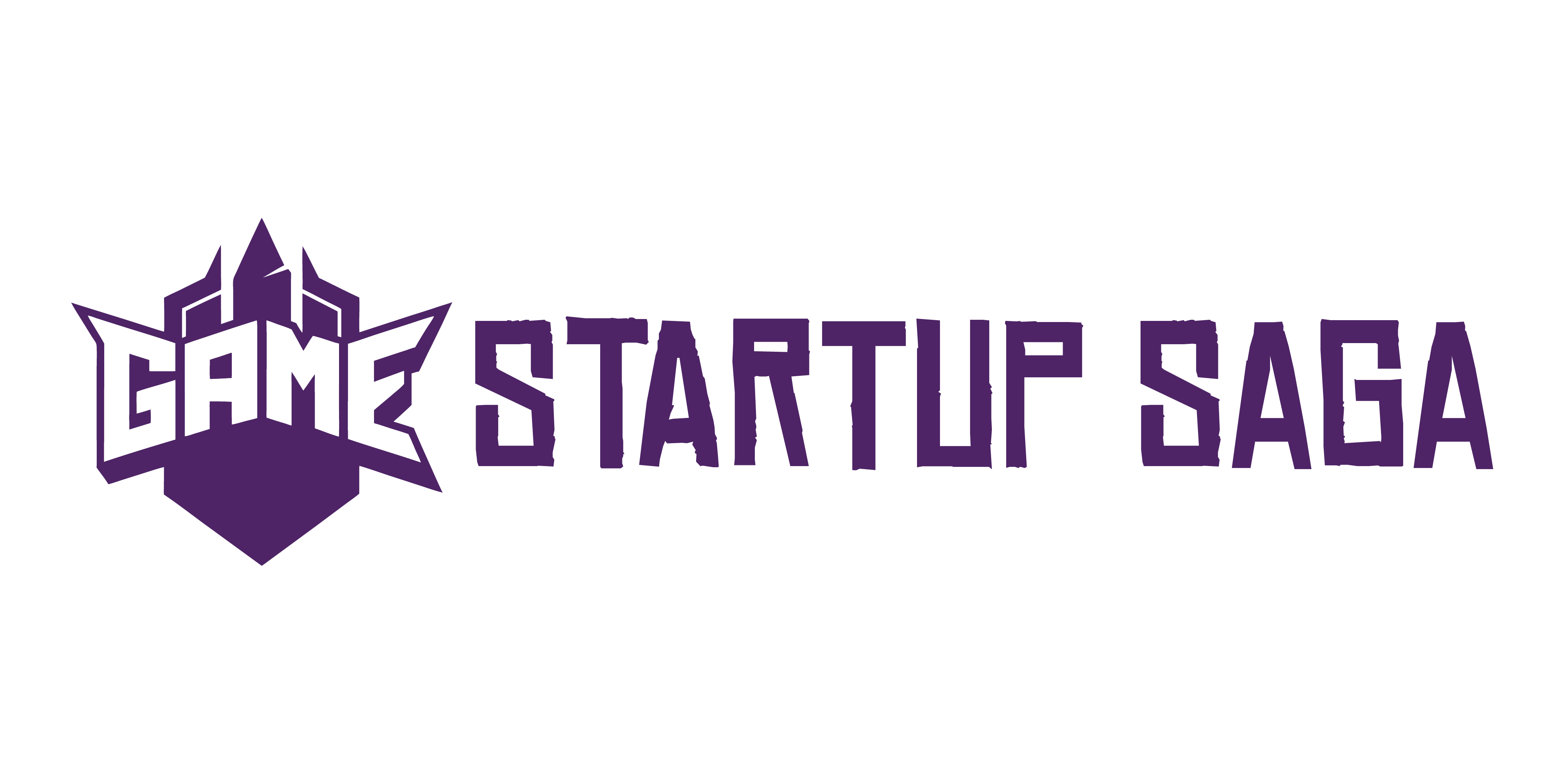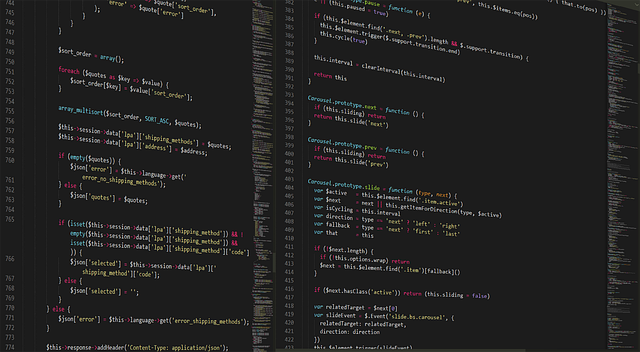Set a Solid Foundation Early
Before writing a single line of code, it’s crucial to build a clear foundation for your game development journey. Taking the time to define your direction up front saves time, reduces costly rework, and helps align everyone on the team.
Define Your Core Game Concept and Player Experience
Start by answering one key question: What experience do you want your player to have? Clarity here informs every creative and technical decision to follow.
- Identify your game’s genre, tone, and emotional goal
- Consider your target audience and what will keep them engaged
- Summarize your unique vision in a single sentence or pitch
This core idea becomes your North Star—and helps filter ideas that don’t align.
Outline Scope and Priorities Before Building
Too many projects balloon out of control because of unclear scope. Before polishing a single asset, define the boundaries of your game.
- What MUST be in the game by launch?
- What features would be nice, but aren’t essential?
- What can be left as post-launch or future updates?
Creating a prioritized feature roadmap helps you allocate resources and make decisions with confidence.
Choose the Right Tech Stack for Your Team and Goals
Your game engine, language, and tools should reflect what your team can realistically use and maintain—not just what’s trendy.
- Consider platform targets (mobile, PC, console) and performance needs
- Align tools with your developers’ experience levels
- Factor in licensing, community support, and long-term scalability
Good tech choices enable progress. Misaligned tools drain time and budget.
By investing early in these foundations, your team sets themselves up for easier collaboration, higher quality output, and smoother development down the road.
Build Around a Clear, Agile Process
Game development doesn’t work well as a straight line. The best teams build in loops: prototype fast, test what works, scrap what doesn’t, then do it again. Agile isn’t just a buzzword—it’s a way to stay attached to reality while pushing creative boundaries.
Sprints help keep the engine running without burnout. Regular check-ins aren’t about micromanaging—they’re about staying visible and solving problems before they pile up. Momentum dies in the silence between updates, especially when teams are remote or stretched thin.
Another key: don’t let scope turn into a trap. Empower your team to resize tasks in-flight without losing sight of the vision. Great games are built by adapting fast, not by sticking to a rigid plan. Let the product evolve as you learn.
For a deeper dive into how top studios keep pace without losing control, check out Agile Methodologies in Game Production.
Prioritize Prototyping and Playtesting
Don’t build blind. The best games lock in fun early by testing raw mechanics before thinking about polish. Low-fi prototypes—think gray boxes, stick figure animations, placeholder UI—let you focus on what really matters: is the game loop actually engaging?
Once you’ve got something playable, even if messy, push it out for feedback. And not just once. Create a loop: build, test, tweak, repeat. Get feedback from real players who aren’t afraid to tell you what sucks. It saves you the pain of finding out too late that the core gameplay isn’t working.
Guessing is the enemy. Involve players early and often. Watch them play, ask questions, and listen. Data matters, but so do reactions and non-verbal cues. The earlier you get honest responses, the easier it is to pivot without burning months of dev time. Bottom line: you’re not just building a game—you’re shaping an experience. Know what lands, then double down.
Balance Creativity and Constraints
In game development, breakthrough ideas are vital—but they need structure to succeed. Allowing creativity to thrive doesn’t mean ignoring the realities of time, money, or team capacity. The best games emerge when innovation is tempered with discipline.
Nurture Bold Ideas (Within Boundaries)
- Encourage experimentation and fresh ideas during early concept and pre-production phases.
- Make space in your roadmap for creative spikes—but set clear timelines and review points.
- Revisit resource allocation regularly to ensure innovation aligns with project goals.
Focus on Player Value, Not Flash
- Ask: “Does this feature make the game more meaningful, more fun, or more accessible?”
- Avoid novelty for novelty’s sake—players can sense filler content.
- Prioritize additions that enhance gameplay clarity, depth, or emotional impact.
Keep Development Grounded
- Ideas are only as good as your ability to implement them. Pair each creative leap with a realistic execution plan.
- Use production milestones and check-in gates to keep progress tangible.
- Don’t let ambition lead to constant pivoting—stick with decisions when they serve your core vision.
When creativity meets constraints, you get focus. With thoughtful limits, your boldest ideas can actually ship—and shine.
Communication Is Not Optional
If teams don’t talk, things break. Period. Great game development hinges on steady, clear communication—especially between design, art, dev, and QA. Too often, issues stem from simple silos. A brilliant mechanic dies in implementation because no one synced with the art team. Or QA catches bugs daily that could’ve been avoided with a five-minute conversation.
Docs matter too. Write things down and keep them updated. Tools like Notion or Confluence are helpful, sure, but what really counts is making sure everyone’s actually reading and contributing. A stale spec is worse than no spec.
This is mission-critical for small studios. You don’t have ten producers running interference—just a handful of people juggling multiple roles. That kind of setup only works with sharp, regular check-ins and shared clarity. If you’re not aligned, you’re drifting. And in game dev, drift becomes delay.
Polish Isn’t Optional Either
Polish isn’t a luxury—it’s a non-negotiable. In 2024, players expect clean UX, smooth controls, and seamless transitions. If something feels clunky, even for a moment, the illusion breaks. Doesn’t matter how brilliant your story or mechanics are—if your menus lag or your feedback loops feel off, player trust erodes fast.
Bug-free gameplay isn’t something to brag about—it’s the bare minimum. Stability isn’t exciting, but it’s what lets the fun shine through. Games that crash, stutter, or glitch their way through launch get roasted and forgotten. Studios that take the time to squash bugs and refine user flow earn goodwill they can’t buy with marketing.
The trick? Don’t save polish for the end. Build it in from day one. Every feature should be designed with finish in mind. Tidy up as you go. QA isn’t just for the last mile—it’s a companion from prototype to ship. The devs who get this right don’t just survive release day—they build games that last.
Think Beyond Launch Day
Finishing your game isn’t the finish line—it’s the starting pistol. If you want players to stick around, post-release support needs to be part of the plan before launch day ever hits. That means sketching a realistic content roadmap early. Will there be regular patches? Seasonal events? DLC? Decide fast and communicate it sooner.
LiveOps isn’t just a buzzword—it’s how you keep your game breathing. Timely updates, bug fixes, reward tweaks, and surprise drops are what keep your existing players around while drawing new ones in. Momentum doesn’t build itself. If launch is the spark, support is the oxygen.
And when feedback hits—and it will—don’t stall. Be ready to react with clarity and speed. Whether it’s a broken mechanic, a balance issue, or a surprise exploit, fast responses earn trust. Silence kills traction. The best dev teams treat the community like part of the process, not just the end user.
Final Thoughts
Behind every great game is a process that never stops moving. Iteration isn’t just something you tack on at the end—it’s your rhythm from day one. Build, test, tweak. Then do it again. This cycle doesn’t slow things down; it keeps them honest. It keeps teams focused on what actually works, not what sounded good in a meeting.
Structure isn’t the enemy of creativity—it’s the support beam. When a team knows where the limits are, ideas sharpen. Deadlines and scope keep bold decisions from turning into vague ambition. Artists, designers, and developers can take risks because they’re anchored by process.
Perfection? Forget it. That’s a moving target that kills momentum. Aim for something that hits hard, feels right, and earns a reaction. Get it in players’ hands, learn, then go again. That’s the loop. It’s not fancy, but it works. And in game development, what works is what counts.




